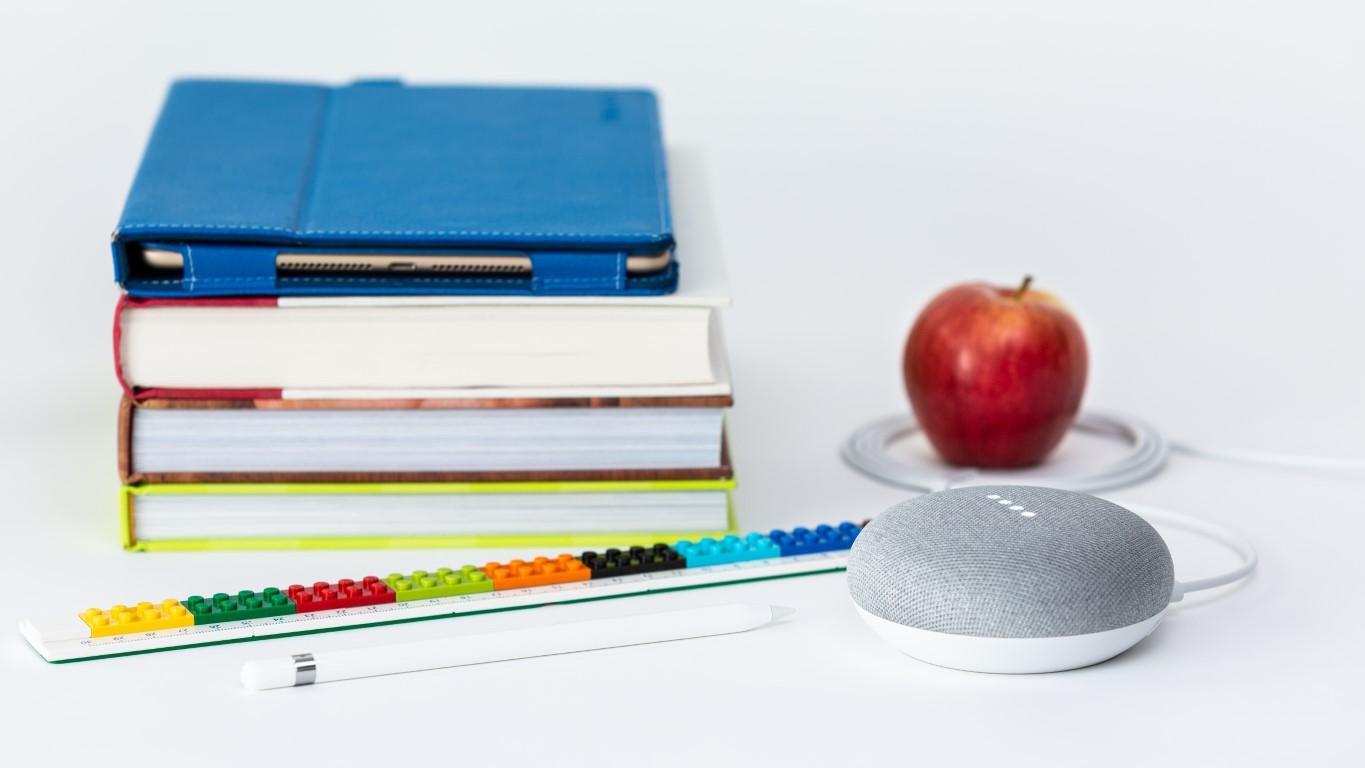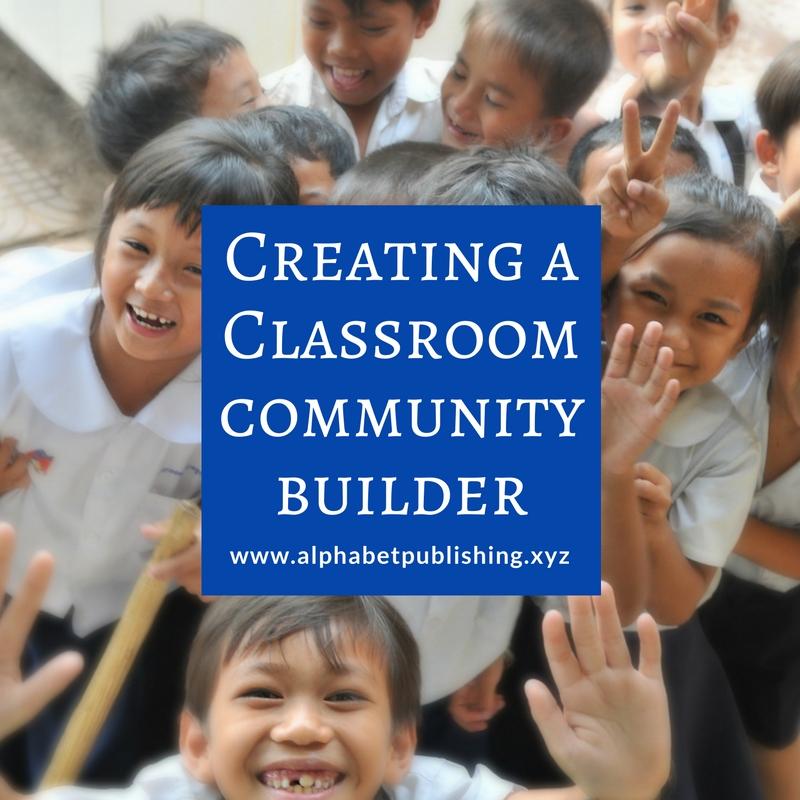Asking questions happens to be one of my favorite things to do. I used to run a discussion club in Kazakhstan where students could just come and chat about some topic or another. It was […]

Guess What’s in the Teacher’s Brain: Asking Better Questions in the Classroom
This post comes from a chapter in a book by Penny Ur or Tessa Woodward about asking questions in the classroom. It’s been a while since I read it, but the essence was that too […]

Warmers for Online Classes
Community building is important in any classroom, but warmers for online class are particularly important as students feel physically distanced from each other. Many teachers who were forced online by the COVID-19 pandemic learned that […]

The Art of Exams
There’s a lot of takeaways in Sharon Hartle’s new blog post, THE ART OF GATHERING… EVEN FOR EXAMS. I think assessment and examinations are a neglected topic in TESOL/EFL circles. Particularly in a world where examinations […]

First Day of Class Advice for Teachers
The first day of class is always a mixed blessing. Going back to school is very exciting and meeting new students for the first time is always a pleasure. But it’s hard to plan for […]

I Don’t Know an Interesting Fact About Myself
A while back, I did a workshop for teachers from the former Soviet Union. I wanted to do a warmer, so I pulled one of my favorite quick icebreakers out; say one interesting fact about […]
How to Pronounce Your Students’ Names
You’ll never be able to pronounce my name,” the student from Uzbekistan said. Little did she know I had lived in Kazakhstan for several years and the two languages are very similar. Nor was her […]

Creating a Classroom Community Builder Activity
I’m a big proponent of getting to know you activities, not only on the first day of class, but beyond. However, you should definitely do icebreakers or warmers mindfully. Getting to know you activities are […]

Technology in the ESL Classroom
I’ve just gotten back from the TESOL Convention and I learned quite a bit and met quite a few interesting people. One topic that kept coming up again and again was the question of technology […]

What Do They Know About You?
Why do I recommend a Get-to-Know-the-Teacher activity on the first day of class? I remember the first time I was grilled by a new class. I was teaching middle-schoolers in a public school in Kazakhstan and […]

